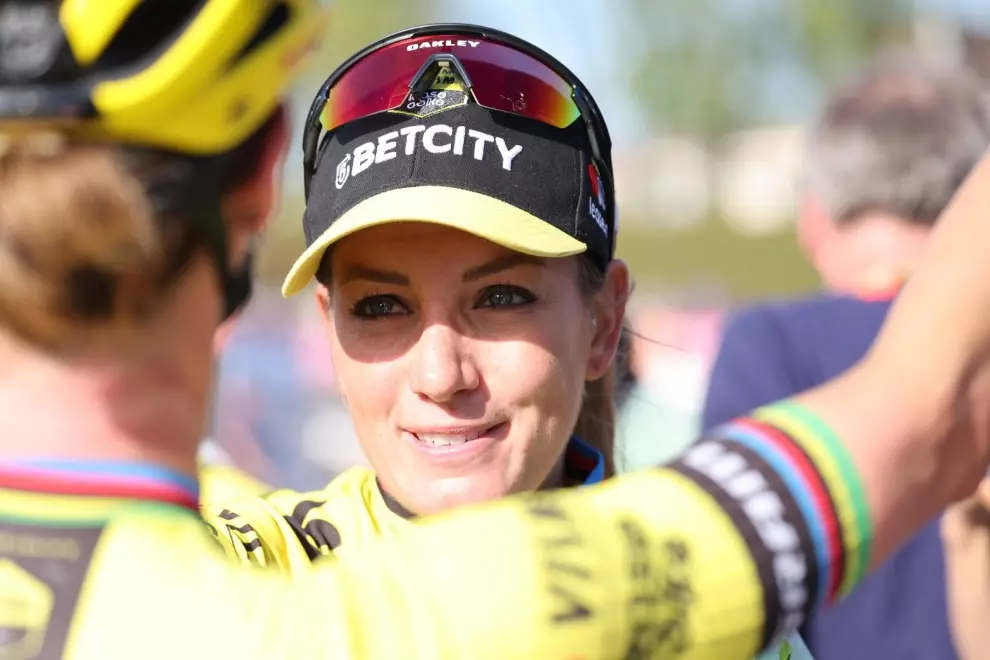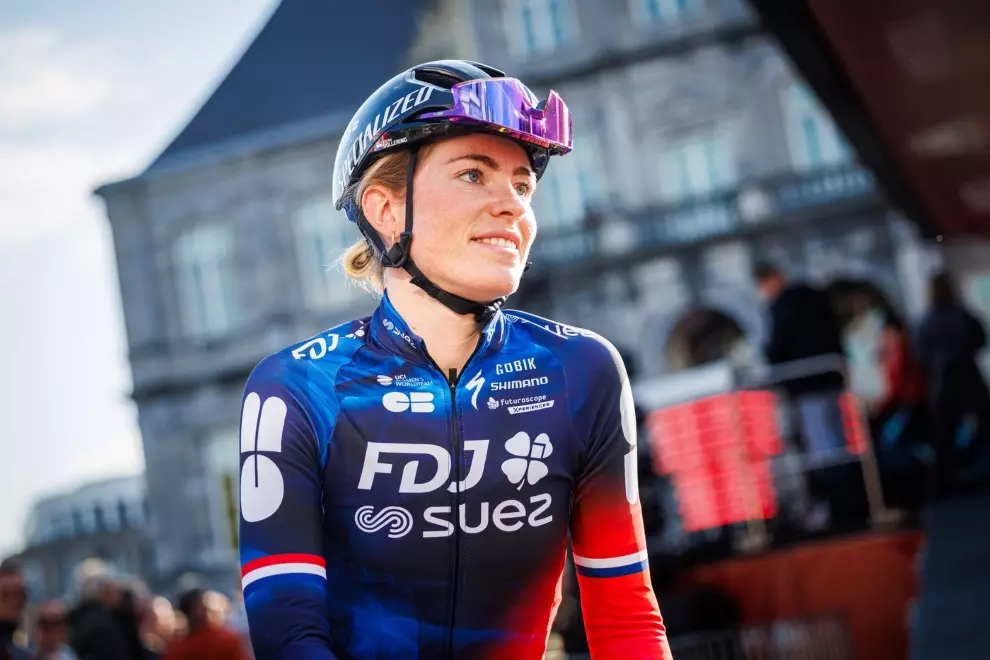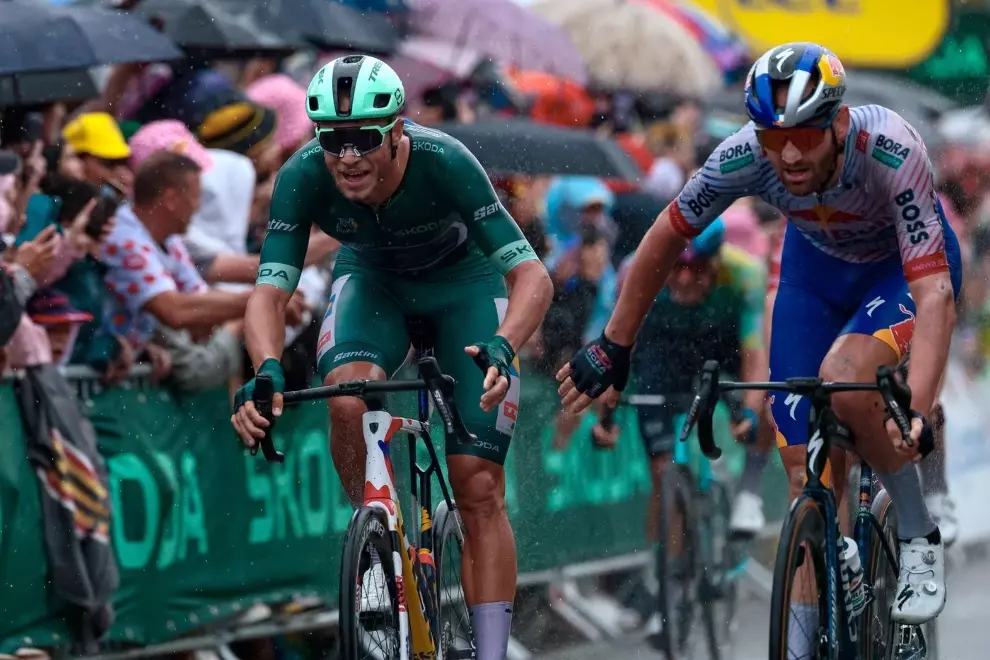For the record, Jumbo-Visma won that 2019 team time trial, run over 27.6km in and around Brussels, beating Ineos Grenadiers by 20 seconds, with Deceuninck– Quick-Step less than one second further adrift. As a result, Jumbo-Visma’s Mike Teunissen was able to hold on to the leader’s yellow jersey, and GC favorites Richie Porte (Trek-Segafredo) and Romain Bardet (Ag2r La Mondiale) lost nearly a minute to Ineos’ Geraint Thomas and the eventual GC winner, Egan Bernal (also Ineos), because of their respective team’s disappointing performances.
The team time trial was always a visually impressive and exciting part of a multi-stage race, and also – as the 2019 Tour de France showed – played an important part in the eventual outcome. But the TTT has gradually fallen out of favor this century; in fact, time trials in general, both individual and team, are becoming more scarce – though this year’s Giro offered three ITTs. In 2017, time trialing kilometers accounted for just over 1% of the entire 3,540km Tour de France route, while the 2003 Tour ran over 5% of its total distance against the clock. The route of the 2023 Tour covers a total of 3,404km, with only one ITT – of 22.4km, or 0.66%(!) of the total distance – on the program.
The reason for this trend may be a general feeling among race organizers that spectators prefer the explosive excitement of bunch sprints and/or the long, dramatic mano a mano of mountain racing. Another reason may be that team time trialing is the most technical of all styles of road racing, requiring a degree of team coordination and dedicated training that the riders may not be eager to put in.

In a TTT, a team’s time is usually taken from its fourth rider to cross the finish line, which means that each team will try to get at least their first four riders across the line in a tight pack. It is a disadvantage for a single rider to finish far in advance of the fourth rider, since by having a faster rider in front of the line of riders can help the fourth rider get a quicker time, as the riders behind the lead rider are benefiting from his draft and so need less of an effort to keep up.
However, the relevant finish position of a team can be specified differently by race organizers, as ASO (which also organizes the Tour de France) did in this year’s Paris-Nice. In that race’s stage 3 team time trial, the final time was taken from the first rider of each team to cross the finish line, which meant that the strongest rider of each team could race ahead of his team near the end of the stage and cross the finish line on his own.
That draft, the aerodynamic advantage provided by a lead rider for those behind him, is what the team time trial is about. The faster a rider goes, the more power he must produce to overcome aerodynamic drag. Therefore, the more the rider is able to reduce the drag with equipment and position, the less power they will have to produce. That drag is reduced as riders take their turns going to the front to put in their turn at providing the draft and allowing the other riders to reduce their exertions. This is how it works in in a well-functioning breakaway, the goal being to preserve as much energy as possible by giving everyone time to rest while riding.
As one cycling expert put it, the team time trial is “a complex interplay of power, aerodynamics, timing and meticulous preparation that can set the great teams a notch above the rest.” The sight of riders dropping out of the lead and then dropping back to the end of the line of riders in a smooth, coordinated manner, while riding at 60kph and faster, has always been for me one of the most exciting and impressive sights of a Grand Tour. I miss it. And so does the former time trial specialist and sporting director of the now defunct BMC Racing Team Marco Pinotti, who said, “It is an event that works because it’s an individual sport, but without the team you can’t go anywhere. So when you have the whole team going to the podium, that is something unique. I [would] welcome at least one team time trial in every Grand Tour.”




